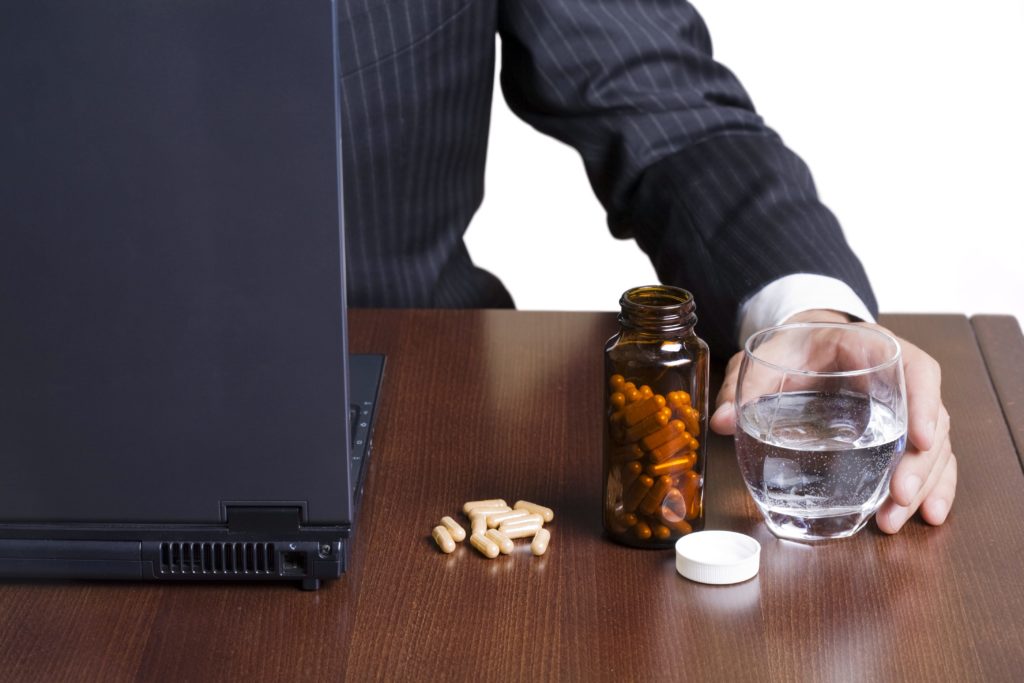As more states move to legalize marijuana for both medical and recreational use, the risk of addiction to the drug is being broadly overlooked, say researchers at the National Center on Addiction and Substance Abuse. Just how likely is it that someone who uses marijuana will become dependent? For young people, the findings are particularly striking. Even at relatively low levels of cannabis use, a great number of youth are at substantial risk for developing a marijuana use disorder, according to the new paper published in The American Journal of Drug and Alcohol Abuse. Specifically, the researchers found that more than one in three young people (35%) aged 12-20, who report daily or near daily use of marijuana, have a marijuana addiction. Meanwhile, more than one in four teens (26%) aged 12-17, who say they have used marijuana at least once in the last month, have a marijuana abuse disorder (this is compared to 13% of adults, aged 21 and older).
‘It’s Just Pot’
Support for marijuana legalization in the United States is rising steadily. Currently, medical marijuana is legal in 25 states, while four states (Alaska, Colorado, Oregon and Washington) and the District of Columbia have legalized recreational pot. When the votes are tallied in the November election, several more states could be joining their ranks. As marijuana attitudes shift across the country, the minds of young people are also shifting, with many believing that cannabis is nonaddictive and harmless. When a drug is declared legal, it inadvertently sends the message that it is also safe. And when someone’s sense of a substance’s perceived harm goes down, their use goes up. That attitude is especially concerning considering that marijuana is stronger than it’s ever been. “We’ve seen a big increase in marijuana potency compared to where it was 20 or 30 years ago,” said Andy LaFrate, PhD, the president of Charas Scientific, in a video released by the American Chemical Society. “I would say the average potency of marijuana has probably increased by a factor of at least three. We’re looking at average potencies right now of around 20% THC.” Charas Scientific is one of a small number of labs certified to test the potency of marijuana in Colorado. “As far as potency goes, it’s been surprising how strong a lot of the marijuana is,” LaFrate said of the samples the lab has tested. “We’ve seen potency values close to 30% THC, which is huge.” (THC, or tetrahydrocannabinol, is the chemical primarily responsible for the psychoactive effects of cannabis.) In 2012, the National Institute on Drug Abuse said marijuana confiscated by law enforcement agencies in the U.S. had an average THC concentration of 15%. That compares to the 1980s, when federal officials say the level of THC in marijuana was about 4%. In the face of growing support for legal marijuana is an addiction treatment system already unable to meet the demand for recovery beds among those who have become dependent on alcohol or other drugs. With admissions to treatment for marijuana accounting for about three-quarters of teens in rehab, the system looks to become only further taxed.
Marijuana Dependence and Its Treatment
Several approaches have been proven effective in the treatment of marijuana dependence, particularly cognitive behavioral therapy (CBT), contingency management (CM) and motivational enhancement therapy (MET). People with marijuana use disorders, especially young people, often also suffer from other psychiatric disorders, such as depression or anxiety. Treating the co-occurring mental health disorder with behavioral therapies and medication will likely reduce marijuana use. These are the most commonly used approaches:
- Cognitive behavioral therapy: This form of psychotherapy focuses on the teaching and practice of skills relevant to quitting marijuana and dealing with the triggers that can lead to relapse. CBT essentially focuses on better understanding how one’s thoughts and behaviors are linked. People learn to overcome or change harmful, unhealthy behaviors and replace them with more positive, healthier habits.
- Contingency management: CM uses incentives contingent on attendanceat treatment and abstinence from marijuana For those dependent on marijuana, monetary rewards are offered for taking part in CBT sessions, other goal-related activities and clean urine tests. Disciplinary measures such as withholding of privileges may also be used to discourage negative behavior, such as missing counseling sessions or positive drug tests.
- Motivational enhancement therapy: This therapy does not attempt to treat the addiction, but rather seeks toimprove a person’s motivation to stop their drug use and take part in treatment. MET encourages people to explore their feelings about their drug use and examine the conflict between their goals and their behaviors.
Currently, there are no medications to treat marijuana use disorder, but studies are examining the effectiveness of medications that help with sleep and anxiety. Those that have shown promise are Ambien for sleep and BuSpar for stress and anxiety. While the focus in the last few years has been on the rising rates of addiction and overdose deaths related to the opioid epidemic, “we cannot afford to gloss over the reality that another drug with addictive potential is becoming increasingly available,” the researchers from the National Center on Addiction and Substance Abuse wrote. “Although, clearly, it is not as dangerous as heroin or other opioids, decades of research — and this recent study — demonstrate unequivocally that marijuana is not a harmless drug, especially to youth.”






